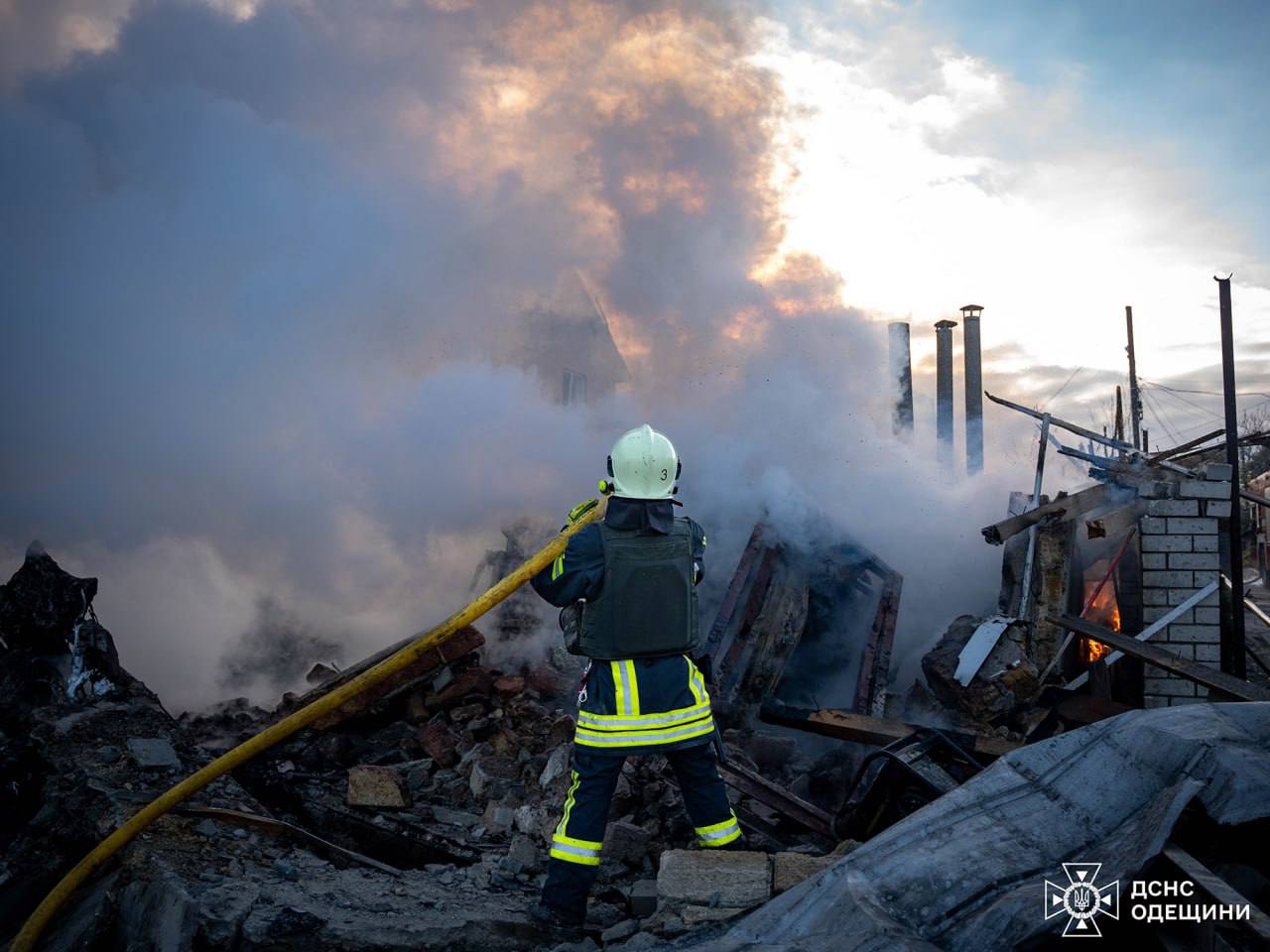
Greenpeace has warned that Ukraine’s power grid faces a “heightened risk of catastrophic failure” after a mass missile and drone attack on Nov. 17 targeted electrical substations essential for nuclear power plants, the Guardian reported on Nov. 20.
The strikes highlight Russia’s strategy to weaken Ukraine’s energy infrastructure, intensifying the strain on the country’s nuclear power plants, which supply two-thirds of its electricity. Experts warn that disrupting power to these facilities could lead to severe safety risks.
The recent Russian strikes targeted substations vital for the operation of the three remaining Ukraine-run nuclear power plants: Rivne, Khmelnytskyi, and South Ukraine.
While the reactors were not directly hit, Greenpeace claims that the damage to substations could destabilize the grid, increasing the likelihood of dangerous shutdowns at the nuclear sites.
The International Atomic Energy Agency (IAEA) confirmed that trunk power lines connecting the substations to the nuclear plants were severed, with explosions reported near the Khmelnytskyi plant. As a result, six of nine reactors were operating at reduced capacity by Nov. 17.
Russia launched around 210 missiles and drones during the attack, Ukrenergo said, causing “serious damage” to thermal power plants and triggering nationwide electricity rationing. Ukraine’s largest private energy company, DTEK, called the assault one of the most destructive to date.
Ukraine’s energy system has been repeatedly targeted since the start of Russia’s full-scale war. Earlier strikes devastated coal, oil, and hydroelectric power plants, making the remaining nuclear facilities critical to the country’s electricity supply.
Greenpeace’s analysis, which aligns with assessments from Ukrainian authorities, underscores the urgency of securing these vital energy resources.


